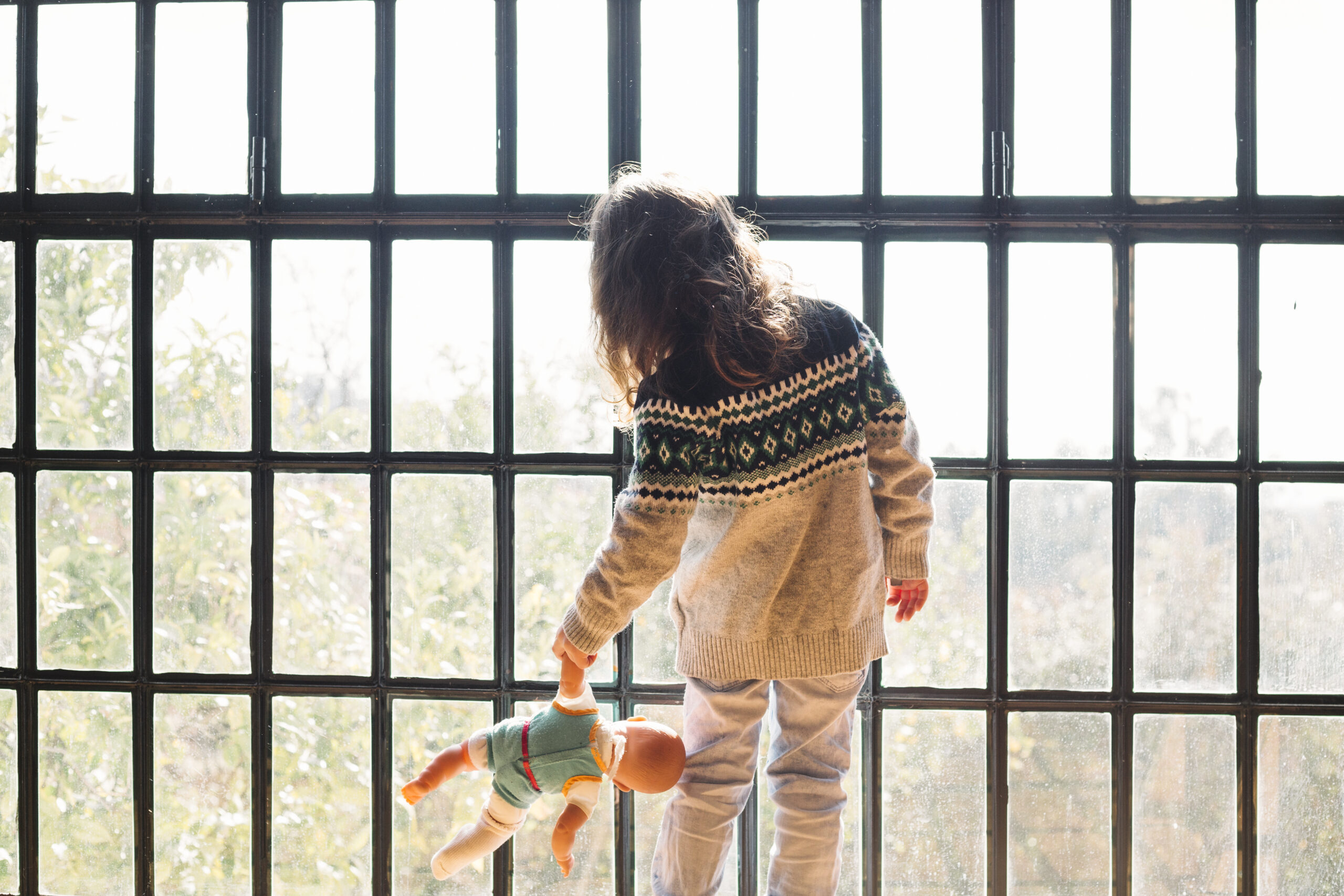In today’s urban world, where families increasingly live in multi-story apartments and high-rise buildings, ensuring the safety of young children has become a top priority. Balconies, staircases, terraces, and windows—though essential for ventilation and design—can pose serious risks for toddlers and small children. A moment of distraction could lead to life-threatening accidents. That’s why children fallen safety nets are gaining widespread recognition as an essential safety solution in modern households.
This article explores the importance, benefits, materials, applications, and installation best practices for children fallen safety nets, with a special focus on urban homes and apartments.
Why Children Fallen Safety Nets Are Necessary
Children are naturally curious and adventurous. They love to explore, climb, lean over balcony railings, or peek through window grills. Unfortunately, this instinctual behavior often leads to accidents in unprotected spaces, especially in high-rise buildings.
In India and globally, there have been numerous incidents where children have fallen from balconies or windows due to lack of safety barriers. These unfortunate events are tragic but preventable.
Children fallen safety nets act as invisible shields, preventing children from slipping through railings or falling from elevated areas. Parents can breathe easier, knowing there’s an added layer of protection around their home.
Key Benefits of Children Fallen Safety Nets
Accident Prevention
The primary benefit is obvious—preventing falls. Whether it’s from balconies, staircases, or windows, the net ensures that a child cannot slip through or fall accidentally.
Child-Friendly Design
These safety nets are non-toxic, smooth-surfaced, and gentle on children. They are designed to prevent harm even if a child runs into or pushes against them.
Unobstructed Visibility
Made from high-quality transparent nylon or steel cables, these nets provide safety without blocking natural light or scenic views. They blend seamlessly with any home decor.
Weather Resistant
These nets are UV-stabilized and weatherproof, capable of withstanding heat, rain, and humidity—making them ideal for both indoor and outdoor use.
Low Maintenance & Durable
Once installed, these nets require minimal maintenance and last for several years. They are resistant to corrosion, dust, and moisture.
Where Can You Use Children Safety Nets?
Children safety nets can be installed in a wide range of areas, including:
Balconies
The most common location. Children love playing on balconies, which can be dangerous if left unprotected.
Windows
Especially in upper floors, windows are high-risk zones. Nets can be installed across the frame to avoid falls.
Staircases
In duplex homes or villas, staircase railings can be covered with nets to prevent children from slipping through gaps.
Terraces
Rooftops or open terraces can also be secured using safety nets, especially for play areas.
Gallery & Corridor Railings
Spaces that connect multiple apartments or rooms often have open railings—ideal places to install nets.
Materials Used in Children Safety Nets
Choosing the right material is important for long-term safety and durability. Here are common types:
Nylon Nets
Highly flexible, weather-resistant, and durable. Ideal for indoor or low-exposure outdoor use.
Polyethylene Nets
Strong, UV-resistant, and commonly used in industrial-grade safety applications.
Invisible Grills (Stainless Steel Cables)
Modern, aesthetic option with high tensile strength. Suitable for high-rise apartments.
How Are Children Safety Nets Installed?
Professional installation is highly recommended for safety and effectiveness. Here’s how the process generally works:
- Site Inspection
A technician visits your home to assess the area, measure dimensions, and understand your safety needs. - Material Selection
Based on the location and purpose, the right type of net is chosen—transparent, colored, or invisible. - Anchoring and Fixing
Nets are anchored to the walls, ceilings, or railings using hooks, brackets, and tensioning wires. This ensures the net stays tight and stable. - Tension Testing
After installation, the net is tested for tension and impact resistance to ensure it can bear pressure if a child leans or pushes against it.
Cost of Children Safety Nets
The cost of installation generally depends on:
- Size of the area
- Type of material used
- Floor level (higher floors may cost more)
- Complexity of installation
Prices typically range from ₹10 to ₹30 per square foot in cities like Chennai, Bangalore, Hyderabad, and Mumbai.
Choosing the Right Service Provider
When selecting a safety net installer, keep these points in mind:
Experience and Reviews: Choose companies with proven experience and positive customer feedback.
Warranty: Ensure a warranty of at least 2–5 years for the material and installation.
Certifications: Ask if the materials are ISO or NABL-certified for quality.
After-Sales Support: Some companies offer regular maintenance checks or free re-tensioning within a specific period.
Final Thoughts
Children’s safety is a non-negotiable priority in any household. With the growing number of apartment complexes and high-rise buildings in urban areas, the need for preventive safety measures is more crucial than ever. Children fallen safety nets offer a simple, cost-effective, and reliable way to safeguard your child from potential accidents.
They are not just a protective accessory but a life-saving necessity in modern living environments. By investing in high-quality safety nets and professional installation, you’re ensuring a secure space for your little ones to grow, play, and explore—safely.

